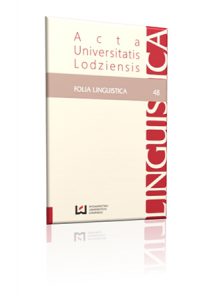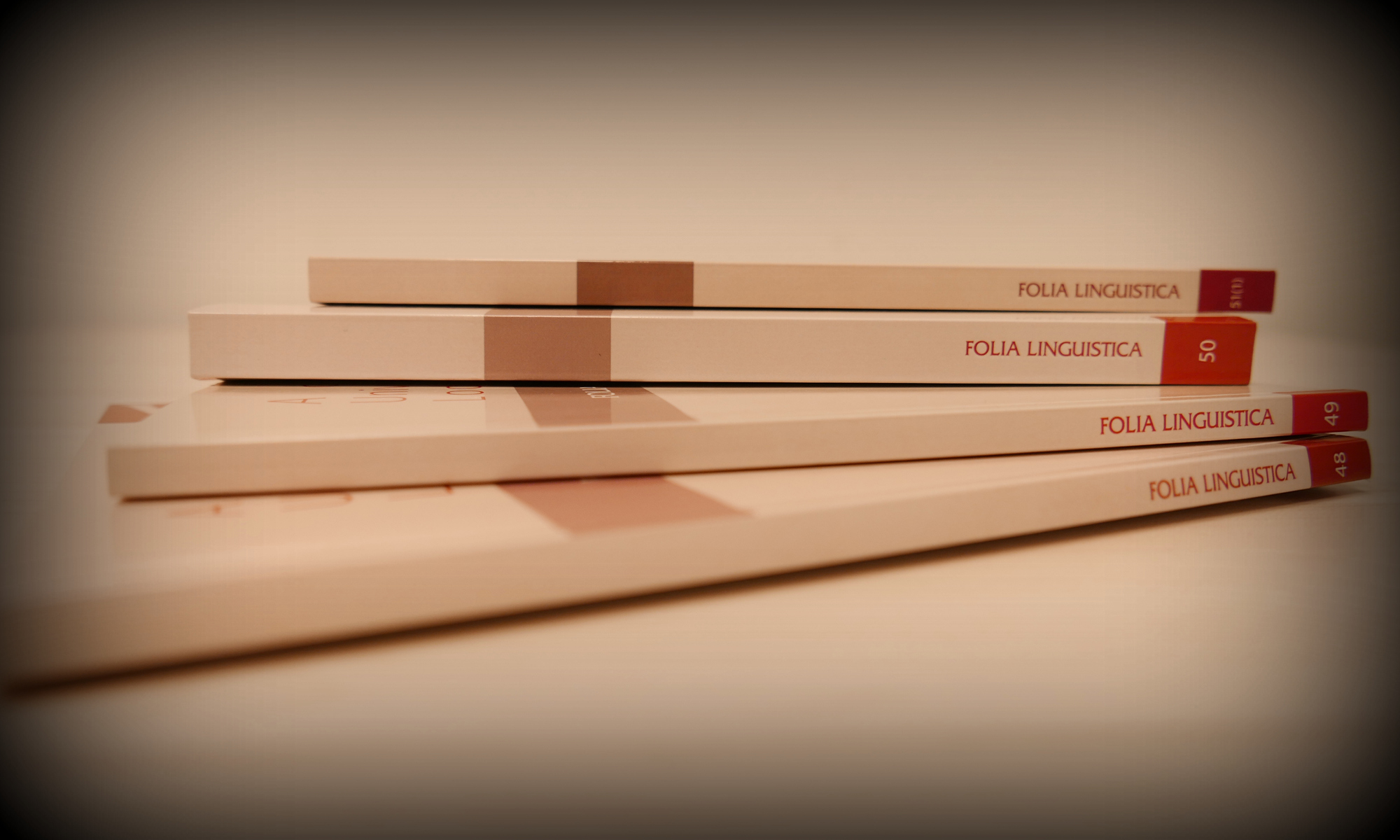 Acta Universitatis Lodziensis, Folia Linguistica makes part of a set of scientific journals of the University of Lodz. The first volume thereof was published in 1981. Editing of Folia Linguistica was assumed from the very beginning by the staff of two departments of the Polish language studies: the Chair of Polish Language History and the Chair of Contemporary Polish Language. For many years the editor-in-chief of the journal was professor Marek Cybulski.
Acta Universitatis Lodziensis, Folia Linguistica makes part of a set of scientific journals of the University of Lodz. The first volume thereof was published in 1981. Editing of Folia Linguistica was assumed from the very beginning by the staff of two departments of the Polish language studies: the Chair of Polish Language History and the Chair of Contemporary Polish Language. For many years the editor-in-chief of the journal was professor Marek Cybulski.
It is an annual, enrolled in the ministerial list (20 credits).
Focus and Scope of the Journal
The aim of the journal Acta Universitatis Lodziensis Folia Linguistica is to disseminate linguistic theories and the results of linguistic empirical research in Poland and around the world with particular emphasis on research into the old and modern Polish language.
Acta Universitatis Lodziensis Folia Linguistica is an academic annual, open to various linguistic theories and points of view, in which original articles are published in Polish or in English from all areas of linguistic: general and specific, internal and external, theoretical and applied, contemporary and historical.
A particularly important place in our journal is occupied by publications devoted to Polish and Slavic linguistics. Apart from thematic articles (information about the proposed topic of a given issue is available on the journal’s website) we also publish linguistic reviews of Polish-language scientific papers and articles in the Varia section.
Articles published in our journal concern in particular: the Polish language system and Slavic languages, linguistic semantics, linguistic pragmatics, stylistics as well as the linguistics of text and discourse. We are open to new trends in linguistics in relation to both the old and modern Polish and other languages, especially Slavic languages. While creating each issue of the journal, we try to maintain the principle of balance between theoretical considerations and analyzes, interpretations and evaluations of the presented problems of old and contemporary language.
We would like to cooperate with Polish, Slavic philologists and contemporary languages philologists from both Polish and foreign universities.
Amount of research and review articles which were published last year: 12
Publisher: Lodz University Press
